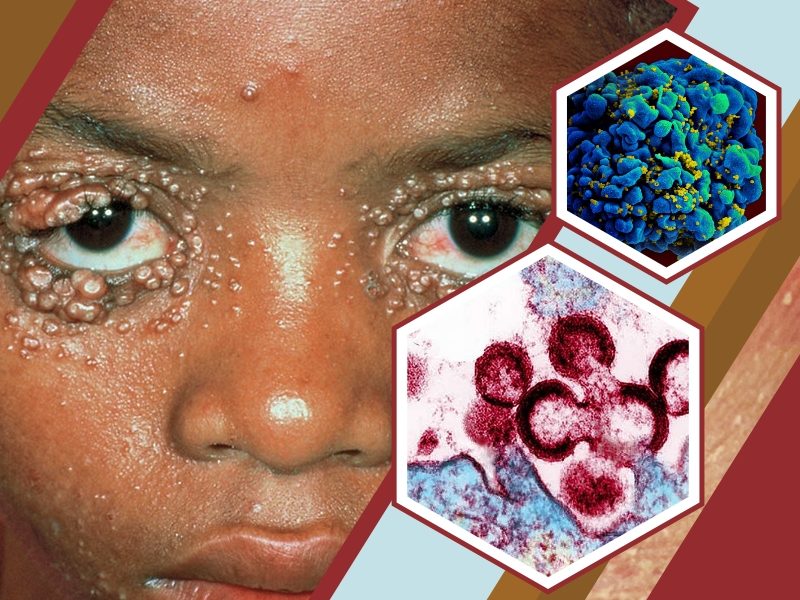HIV Infection

HIV infection is a chronic, potentially life-threatening condition. HIV is a virus that damages the cells in your immune system and weakens your ability to fight everyday infections and diseases.
This infection can spread in different ways:
- Through unprotected sex with a person with HIV. This is the most common way that it spreads.
- Through contact with the blood of a person with HIV
- From mother to baby during pregnancy, childbirth, or breastfeeding
- By sharing drug needles
What Are The Symptoms of HIV Infection?

The symptoms of HIV infection vary depending on the phase of infection:
1. Primary Infection (Acute HIV)
Some people infected by HIV develop a flu-like illness within 2 to 4 weeks after the virus enters the body. This illness may last for a few weeks. Possible symptoms may include:
- Rash
- Diarrhea
- Weight loss
- Fever
- Headache
- Muscle aches and joint pain
- Cough
- Sore throat and painful mouth sores
- Swollen lymph glands, mainly on the neck
- Night sweats
2. Clinical Latent Infection (Chronic HIV)
HIV is still present in the body and white blood cells at this stage of infection. However, during this time, many people may not have any symptoms.
3. Symptomatic HIV infection
As the virus continues to grow and destroy immune cells, you may develop mild infections or chronic symptoms such as:
- Fever
- Weight loss
- Pneumonia
- Fatigue
- Swollen lymph nodes
- Oral yeast infection (thrush)
- Shingles (herpes zoster)
4. Progression to AIDS

If HIV is left untreated, it typically turns into AIDS in about 8-10 years. You have a severely damaged immune system when you have AIDS. You’re more likely to contract diseases that would not normally cause illness in a person with a healthy immune system. Symptoms of these may include:
- Chronic diarrhea
- Sweats
- Swollen lymph glands
- Chills
- Recurring fever
- Weight loss
- Skin rashes or bumps
- Persistent white spots or unusual lesions on your tongue or in your mouth
- Persistent, unexplained fatigue
- Weakness
How Is HIV Infection Diagnosed?
HIV infection can be diagnosed via blood or saliva testing. Available tests include:
- Nucleic acid tests (NATs)
- Antigen/antibody tests
Discuss which HIV test is best for you with your health care provider. You may still need a follow-up test to confirm the results if any of these tests are negative.
Treatment for HIV Infection
Various medications can control HIV and prevent complications. These medications are called antiretroviral therapy (ART). Everyone diagnosed with HIV should be started on ART, regardless of their stage of infection or complications. Each class of drugs blocks the virus in different ways. Treatment involves combinations of drugs from different classes to:
- Avoid creating new drug-resistant strains of HIV
- Account for individual drug resistance
- Maximize suppression of the virus in the blood
The classes of anti-HIV drugs include:
- Non-nucleoside reverse transcriptase inhibitors (NNRTIs)
- Nucleoside or nucleotide reverse transcriptase inhibitors (NRTIs)
- Protease inhibitors (PIs)
- Integrase inhibitors
- Entry or fusion inhibitors



